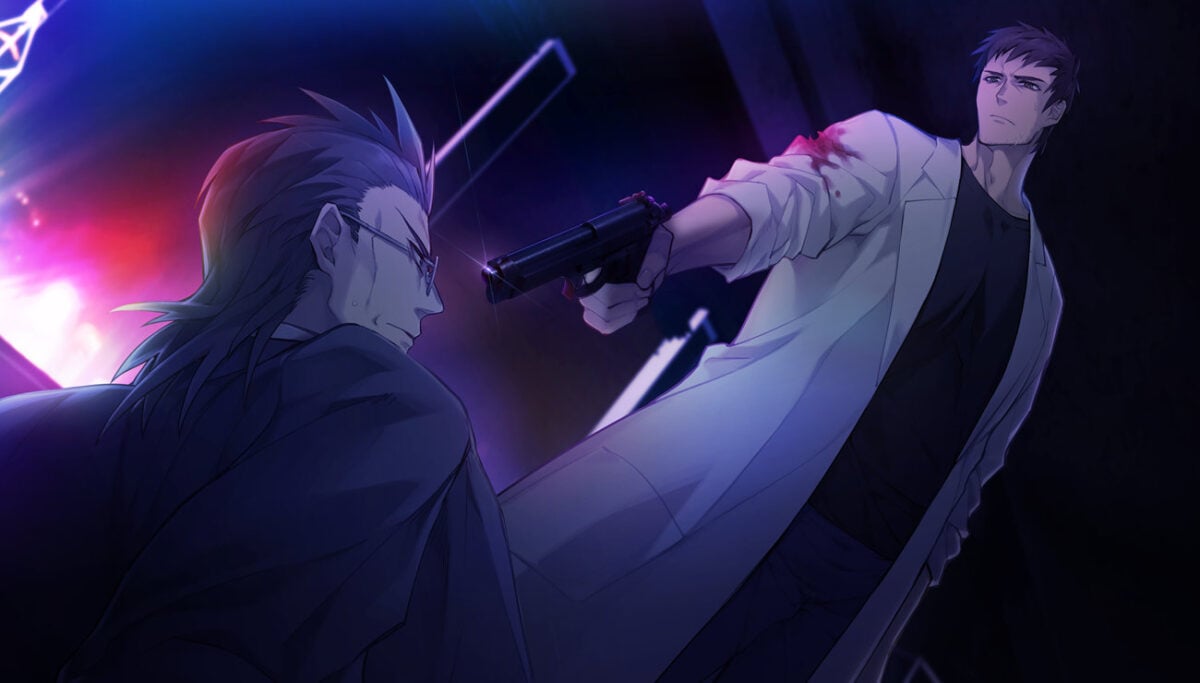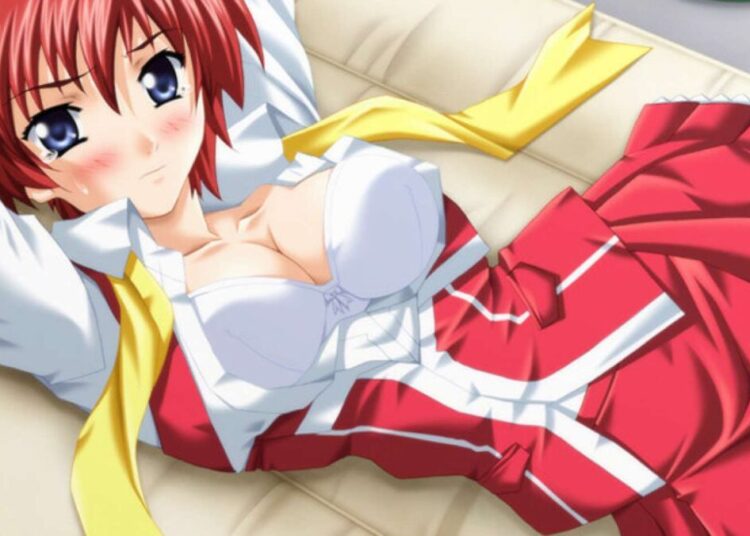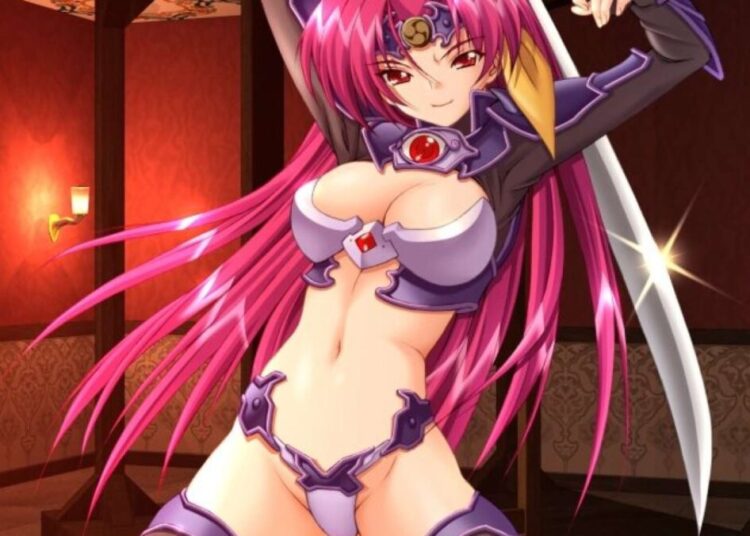Slow Damage has been one of the most anticipated BL visual novels for several years. Almost a decade has passed since Nitro+chiral released their last game, DRAMAtical Murder. It was an overnight success in Japan and the West with the fan translation provided by the yaoi fan group aarinfantasy in 2013. Years later, JAST Blue released an officially licensed English adaptation of DRAMAtical Murder for international markets, and it quickly resurfaced in popularity. With such a reputation to follow up on, Slow Damage would either be a triumphant feat or a crippling disappointment. Now, in 2022 — 2023 it’s great to see that it was more than worth the wait.
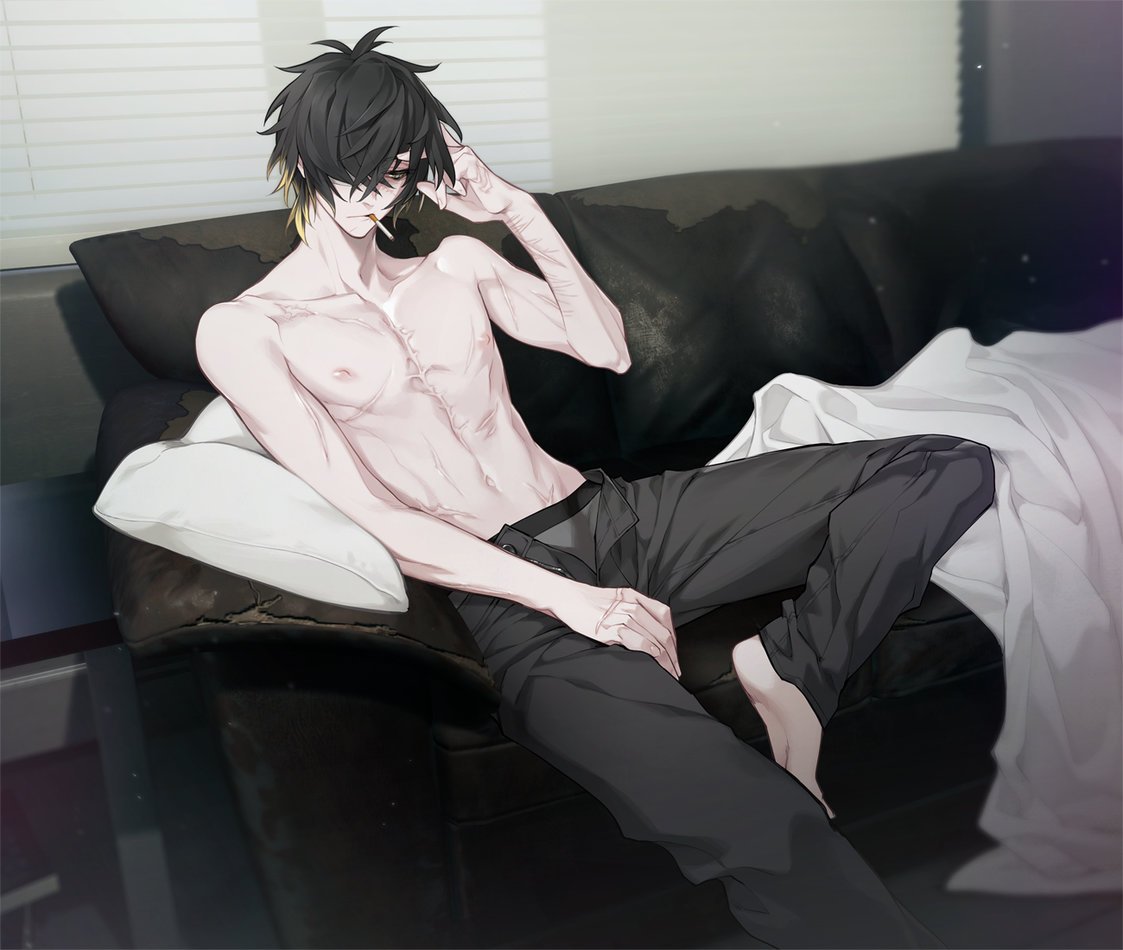
As I’ve mentioned in other visual novel reviews, there’s been dozens of edgy, dark-toned games in the last two decades (especially for BL games) to a point where they all blend together and feel cheap and tasteless. DRAMAtical Murder was so captivating because it had vibrant colors and diverse character designs and introduced us to a futuristic world that was every bit of fun as it was dangerous and shocking. In Slow Damage, we’re, once again, in a futuristic environment in what can only be described as an absolute dumpster fire of a world entirely believable as a possibility nearing reality.
Their way of stage setting and storytelling pulls elements from all their previous titles (but mostly DMMD and Togainu no Chi: Lost Blood). Once again, we’re given a protagonist with memory and (or) identity issues, an isolated setting that’s part of Japan but under its own dictatorship, a fight club-esc style of competition most play for sport, and a supporting cast of characters that summarizes every possible archetype you’ve come to expect in BL media. At this point, it doesn’t feel lazy. It’s just the basic formula for Nitro+chiral.
The general setup hasn’t changed much in the last twenty years, as far as visual novels go. Usually, you see one to three character portraits on the screen with various facial expressions (and maybe alternative outfits) over a backdrop for scenery and unlock CG artwork, depending on the choices made. Slow Damage takes it a step further. Most of the game is told over full illustrations and occasional short animations, even more so than DRAMAtical Murder. In doing so, the game feels more like an “animated manga” than a typical visual novel. While most “day-to-day” illustrations aren’t that exciting, the game shows a tremendous amount of effort that went into showcasing artistic talent and wanting to present the story with something more than sixteen backdrops and five to eight portraits per character.
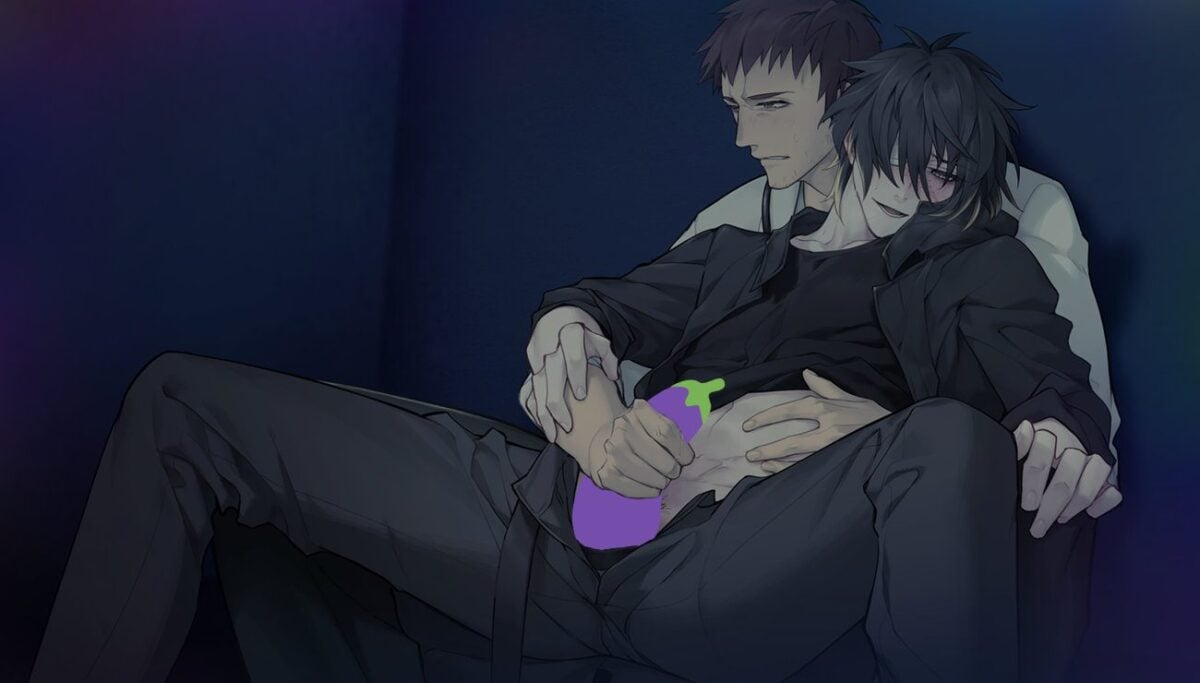
Let’s be honest. Mostly, people pick up visual novels because the artwork and character design catch their eyes (at least, that’s been my consistent experience). The more art, the better. I’d much rather be reading a story told in part over illustrations of beautifully rendered cocktails or smoothly animated cigarette trails instead of the same character portrait I’d have been staring at already for the last five hours (and continue to stare at for the next twenty-plus).
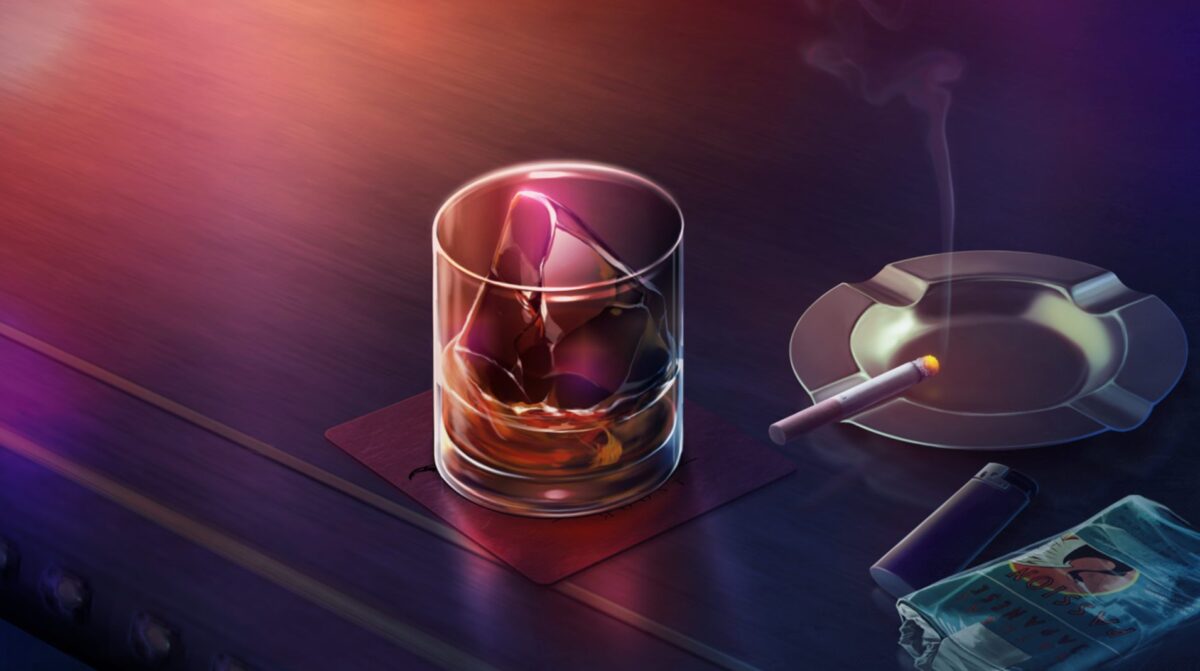
Everything that made DRAMAtical Murder so innovative back in 2012 — 2013 returns in Slow Damage. Besides general choices, there are tiny puzzles, a few animations, mixed media, and a soundtrack that captivates and perfectly establishes tone and scenes, both in-game and when left on as background music for three days by accident.
Regarding the choice-making procedure, choices tend to have similar meanings, so the players are often supposed to decide Towa’s attitude (positive vs. negative) rather than specific actions or spoken dialog. This was similar to the choice system in sweet pool, which relied on a logic-instinct style of choice and allowed for a rawer storytelling style.
Unfortunately, a few localization problems come into play. With several dialog options as sentence fragments, they feel confusing instead of mysterious. Other issues include the English script taking a few liberties with characterization and translations. Japanese metaphors being replaced with an English equivalent is understandable (“nice-middle” replaced with “silver fox,” for example). Still, those who understand Japanese at an intermediate level might find it annoying when the script doesn’t reflect the attitude and dialog from voice lines. Specifically, chatspeak (BTW, ASAP, etc.) for spoken lines feels wrong and inconsistent for the characters, given that they’re all adults well into their 20s — 30s.

Rei’s route, especially his emotionally intimate moments, suffers from this to the point where the commentary his character makes (on Japanese societal understanding of gender/body dysphoria and growing up concealing one’s homosexuality) feels watered down and essentialized. Fans should be able to experience a translation that upholds a Japanese perspective while getting the meaning across instead of always spoon-feeding it in Western-style generalization.

The real meat of the player interaction is the interrogation sequences. During these, players must maintain interrogated character’s psyche between a balance of anxiety, euphoria, and madness. The positive/negative attitude selections are present. But additional choices break the mold when you can select from a classic menu of dialogs if you’ve done all the right things prior.
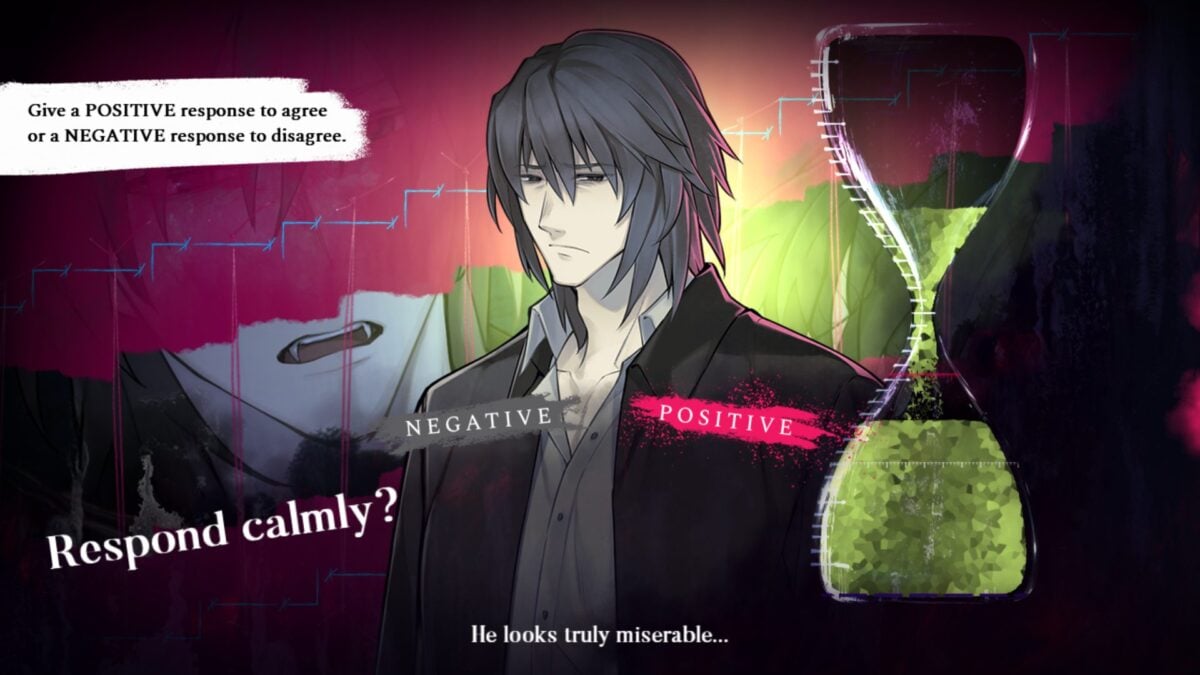
As it turns out, these other choices are not presented freely. They are “gathered” by exploring the town and engaging with side characters in a short conversation. If players don’t explore the city, they’ll lack in decisions to balance a character’s psyche. As one can guess, each interrogation has split endings between euphoria and madness. It’s possible for players to gridlock themselves into situations that could continue to further the story but ultimately will force them to backtrack when they realize they don’t have possible answers to choose from. It’s almost a challenge to confirm you’ve gathered key dialog options.
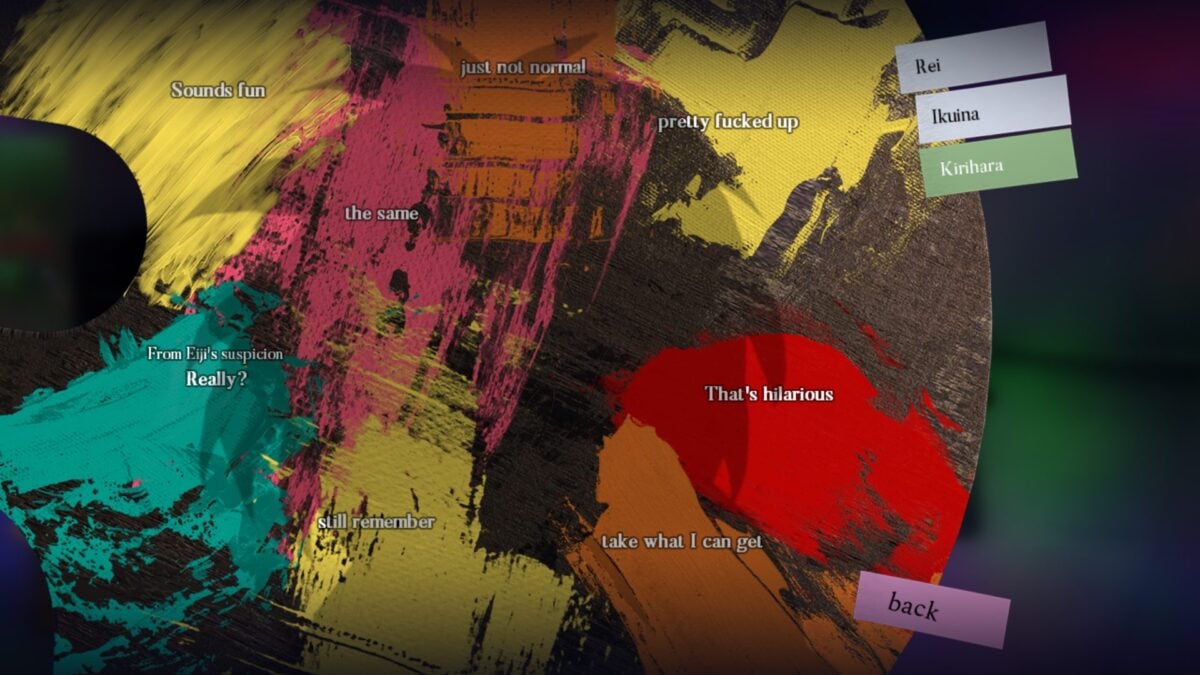
We discussed something similar with Ertal Games for My Burning Heart, noting the lack of diverse choices creates a disconnect between the player and the world, but doing so gives us something we rarely see in visual novels. Slow Damage‘s protagonist, Towa, has his own personality, thoughts, and feelings. And reminds us that this is his story we experience, not a simulation meant for us to completely relate to.
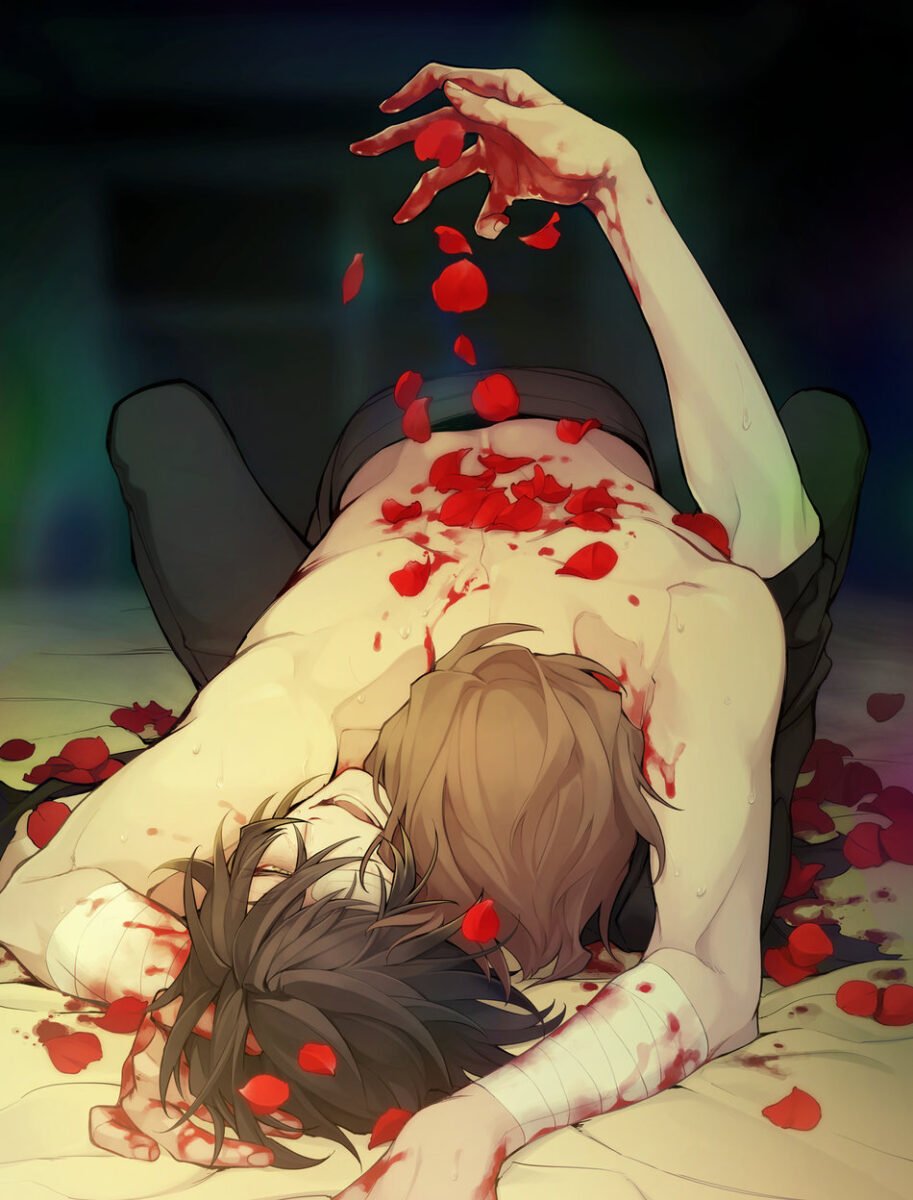
He’s an interesting character. Towa can’t remember most of his past and has an unexplained ability to see other people’s “smoke” (a colorful aura) that allows him to understand emotional and mental states. You’d think someone like him living in a yakuza-operated dystopia would be someone wanting to escape his surroundings and discover who he truly is, but…Towa doesn’t care. From the very start of Slow Damage, Towa has totally accepted himself and the state of the world. His only concern appears to be cigarettes, alcohol, and painting. Yet, as his friends and colleagues become targets of various threats, he takes it upon himself to investigate and stop them. He doesn’t ever outright say he cares for others. In fact, he shows almost no emotion at all. But he makes his intentions clear by how diligently he sticks his nose into other people’s business.
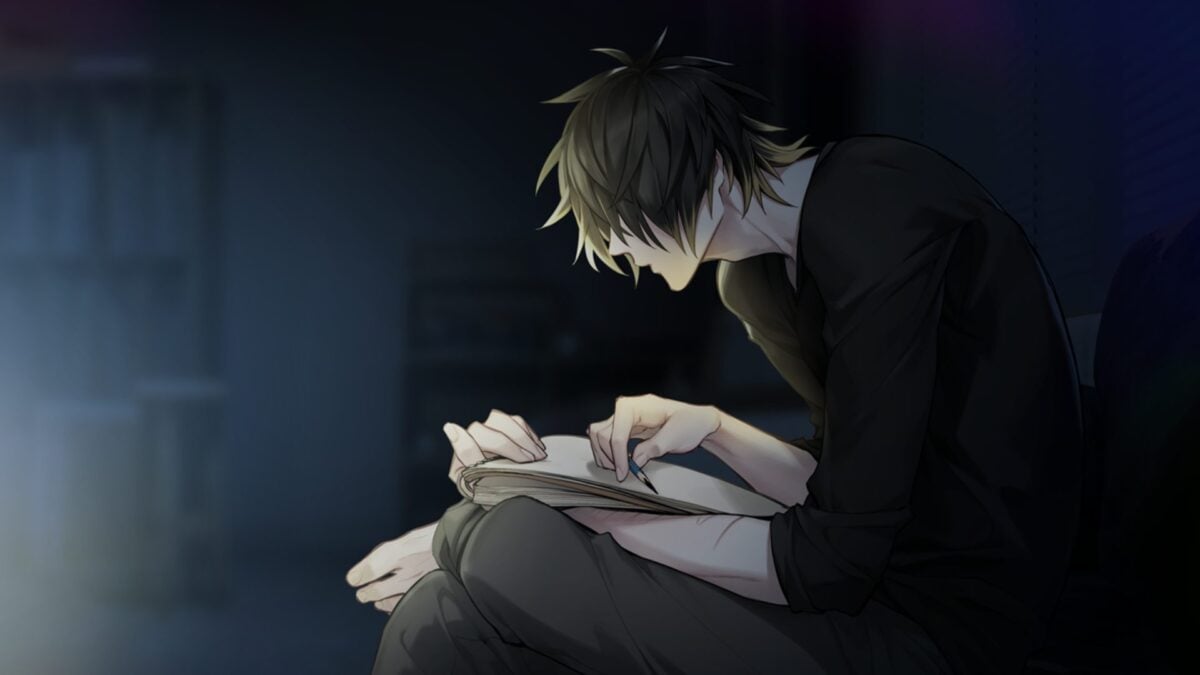
All of it comes together with Towa’s past and real identity surfacing during Slow Damage‘s hidden third and fourth routes, making for a compelling story and surprise reveals in the bizarre, twisted, grotesque, and impactful way we’ve come to expect from Nitro+chiral. It’s difficult to say if it will ever hold the same global appeal DRAMAtical Murder had. But the game is another staple for them, certainly.
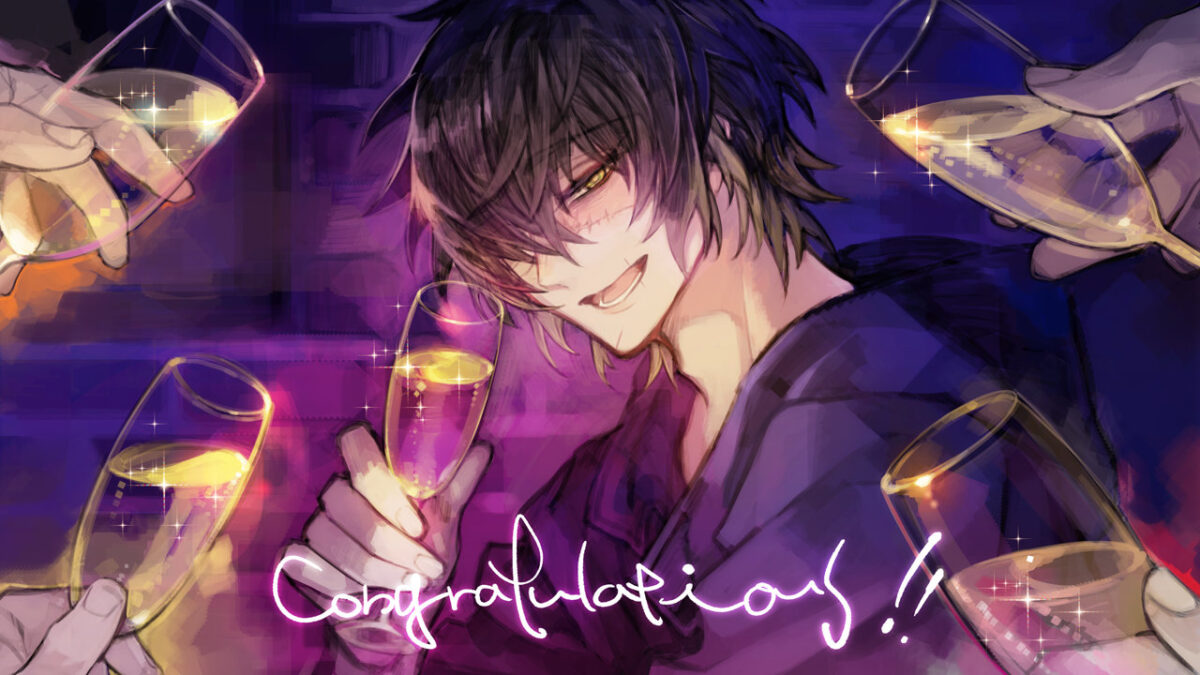
Slow Damage is available now digitally from JAST Blue and JAST USA. Or, pre-order the physical collector’s edition from J-LIST.
